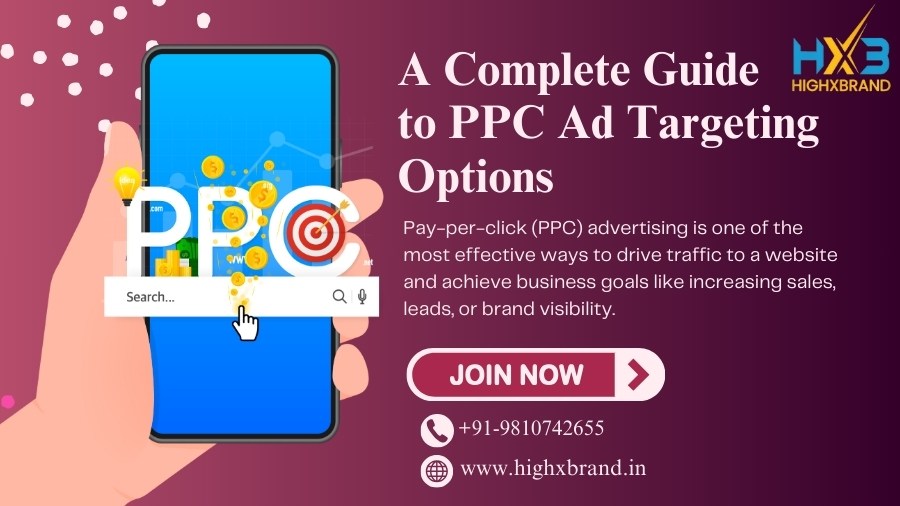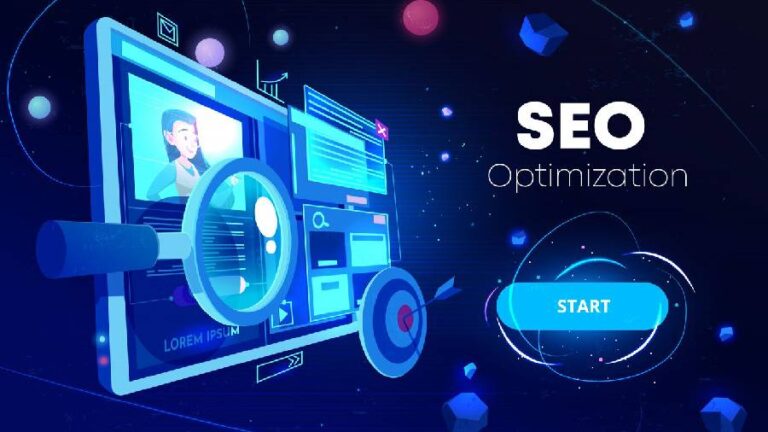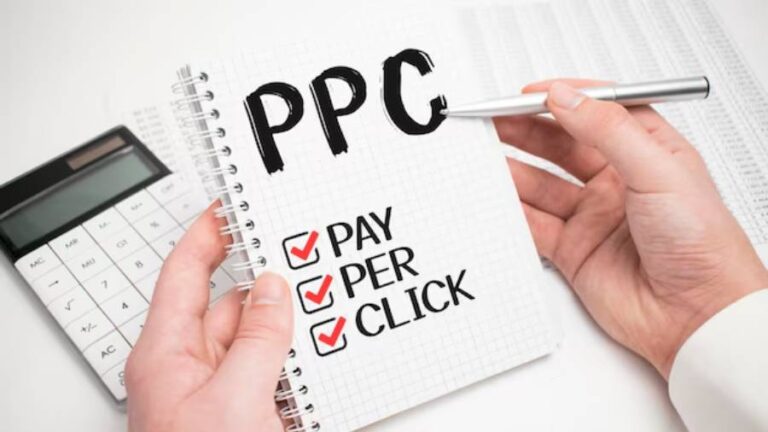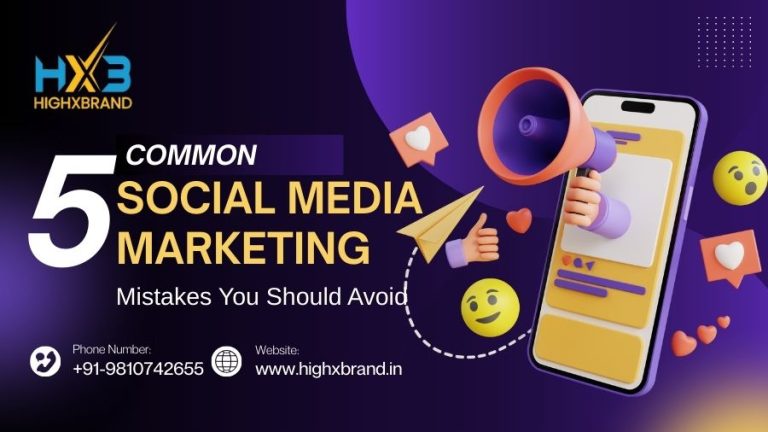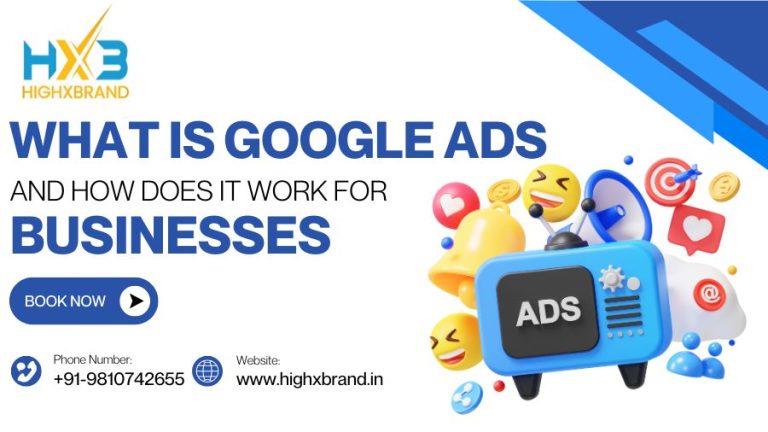Pay-Per-Click (PPC) is a compelling way of driving targeted traffic and leads PPC Ad Targeting Marketing. The catch is that its effectiveness hinges heavily upon how well you define and implement your PPC ad targeting options. If you have no targeting, you will be throwing away your money on unwanted clicks. This guide will cover the different targeting options you can use to make your PPC campaigns as effective as possible.
Types of PPC Ad Targeting Options
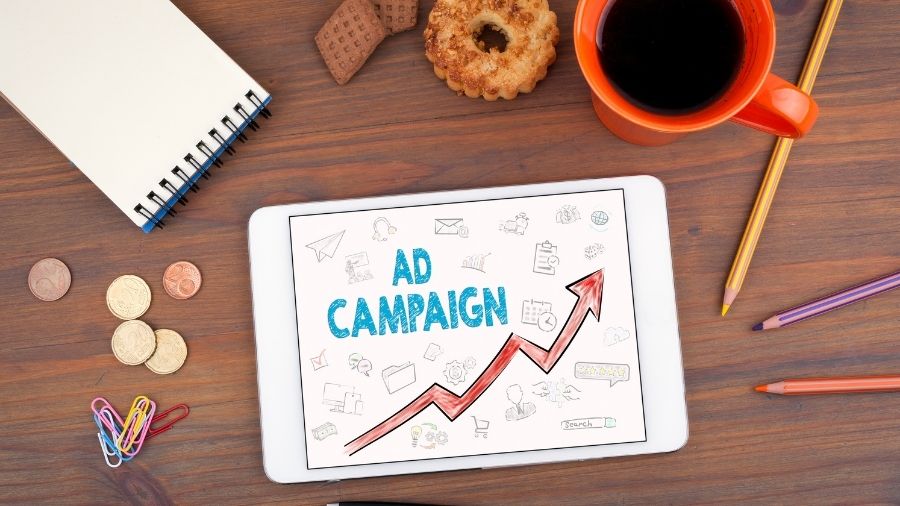
1. Demographic Targeting
Demographic targeting allows advertisers to target users based on age, gender, income level, and marital status. This is particularly helpful for those brands that have an appeal to a particular customer base.
2. Geographic Targeting (Geo-Targeting)
Geo-targeting allows businesses to target users within a specific location, either a country, state, city, or even a radius around a physical location.
3. Behavioral Targeting
This form of targeting is based on previous user behavior, such as previous site visits, purchases, and engagement with similar content.
4. Contextual Targeting
Contextual targeting displays your ads on pages with the same type of content as your business, making it more likely to reach interested users.
5. Audience Targeting
Custom audiences and lookalike audiences enable businesses to target individuals who are similar to their current customers, which will have a higher conversion rate.
6. Device Targeting
Device targeting allows you to customize your ads depending on whether the users are accessing through mobile, desktop, or tablet devices, providing a smooth ad experience.
7. Keyword Targeting
Keyword targeting permits the display of ads to users searching for certain keywords and is crucial for PPC campaigns for high-intent buyers.
8. Retargeting/Remarketing
Retargeting places your brand in front of individuals who have previously visited your website, raising the conversion chances.
Best Practices for PPC Advertising Targeting
- Employ segmentation of the audience to maximize engagement.
- A/B test various targeting techniques.
- Optimize the ad placements to induce greater click-through rates.
- Track and adjust campaigns on a frequent basis depending upon the performance metrics.
How to Learn PPC Marketing

Learning PPC marketing means studying digital marketing approaches, using ad platforms, and developing hands-on skills. Begin with Google Ads and Meta Ads, study online tutorials, and test by creating small test campaigns.
PPC vs CPC
PPC stands for Pay-Per-Click, indicating that the click is paid for by the advertiser, while CPC stands for the actual cost per click, while CPC stands for a performance metric to gauge campaign performance.
How to Do PPC for Beginners
Beginners should:
- Understand the basics of PPC advertising.
- Choose a platform like Google Ads.
- Locate and select high-intensity keywords.
- Create effective ad copy and land well.
- Track performance and spend in line with that.
- A/B test and continually optimize for maximum performance.
How Do I Maximize PPC ROI?
- Identifying the right keywords for your campaign takes:
- Brainstorming relevant terms for users’ intent.
- Utilizing research tools like Google Keyword Planner.
- Verifying the level of competition and searches per term.
- Adding an array of broad, phrase, and exact keyword matches.
- Maintaining adjustments and employing negative keywords for increased ROI.
Can I Manage PPC on My Own?
Yes, you can manage Pay-Per-Click (PPC) campaigns yourself, but it involves good knowledge of the basics, the right tools, and ongoing optimization. PPC encompasses keyword bidding, ad copy creation, PPC Ad Targeting Marketing, budgeting, performance statistic analysis, and optimizing changes to do better. While it is less expensive to have a PPC campaign managed personally, it is beset with problems such as keyword competition, bidding strategy, and relevance of ads.
If you are new to PPC, Google Ads and Microsoft Ads both offer tutorials alongside automation features to guide you through. But it might be worth paying for a good PPC professional or agency because they will understand how to run your campaigns, avoid unnecessary ad expenditure, and deliver optimum return on investment (ROI).
What is the Formula for PPC?
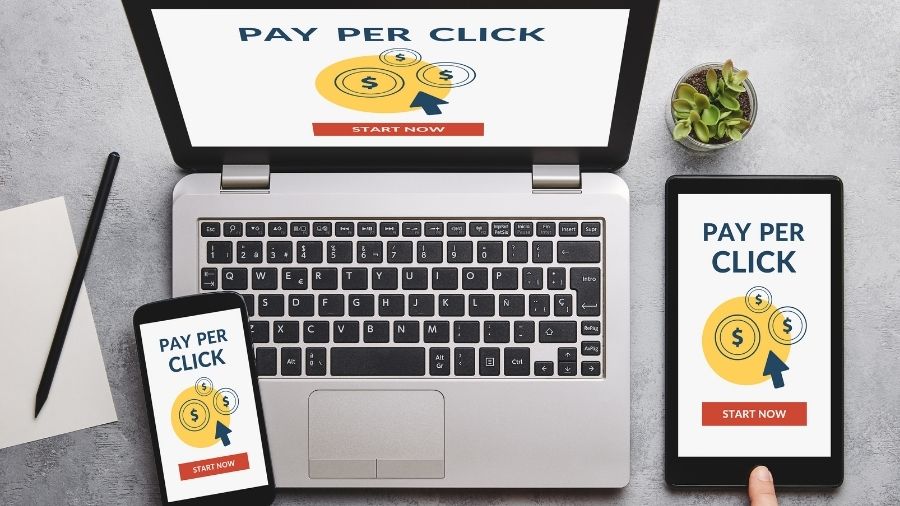
PPC (Pay-Per-Click) is a web advertising scheme where the sponsors remit payment on a click or every time someone clicks their advert. The equation to compute PPC is:
PPC = Total Cost of Clicks / Total Number of Clicks
This means, for instance, that if you had spent $500 on advertisement and got 250 clicks, your PPC would be:
PPC = $500 / 250 = $2 per click
A lower PPC is what you want because it shows that you are receiving more clicks on your spend, which is what you want. Reducing keyword bids, enhancing ad relevance, and enhancing audience targeting can reduce your PPC spend over time.
What is the CTR formula?
Click-Through Rate, or CTR, specifies how often users click on your ad when they see it. It is a key performance metric that is used to measure ad effectiveness. The calculation of CTR is:
CTR = (Total Clicks / Total Impressions) × 100
For example, if your ad was displayed 1,000 times and was clicked 50 times, your CTR would be:
CTR = (50 / 1,000) × 100 = 5%
The higher your CTR is, the more interesting and relevant your ad is to your users. To enhance CTR, PPC Ad Targeting Marketing, develop appealing ad copy, incorporate powerful calls-to-action (CTAs), and employ very targeted keywords.
What is VTR?
View-Through Rate (VTR) is a significant video ad metric. It calculates the percentage of users who viewed a video ad to completion versus impressions (how many times the ad was shown). The VTR formula is:
VTR = (Completed Views / Impressions) × 100
If a video ad was displayed 10,000 times and 2,000 users viewed it to completion. The VTR would be:
VTR = (2,000 / 10,000) × 100 = 20%
High VTR indicates that your video content is engaging and has the viewers stuck to it. To drive VTR up, make sure your video content is engaging, relevant, and applicable to your viewers.
Conclusion
Understanding PPC (Pay-Per-Click) ad targeting options is critical to being successful with a campaign. Without knowledge of how to segment an audience, select keywords, and bid on traffic, companies will not be able to effectively target their desired audience. With the correct methods, including demographic and geographic targeting, retargeting previous visitors, and using interest-based segmentation, companies can get the most out of their ads.
These tactics ensure that the right people see the right ads at the right time with Highxbrand India, maximizing engagement, conversions, and overall return on investment (ROI). With an optimized PPC campaign, companies can generate higher-quality traffic, enhance brand awareness, and meet their marketing goals effectively.
Read More:-
AI Overviews: How Google’s AI is Transforming Search Results
The Power of Performance Marketing-Based Social Media Advertising
Website Development Services Can Transform Your Online Presence
Ultimate Guide to Effective Link-Building Strategies in 2025
What Are SERPs & Why Are They Important for SEO?

